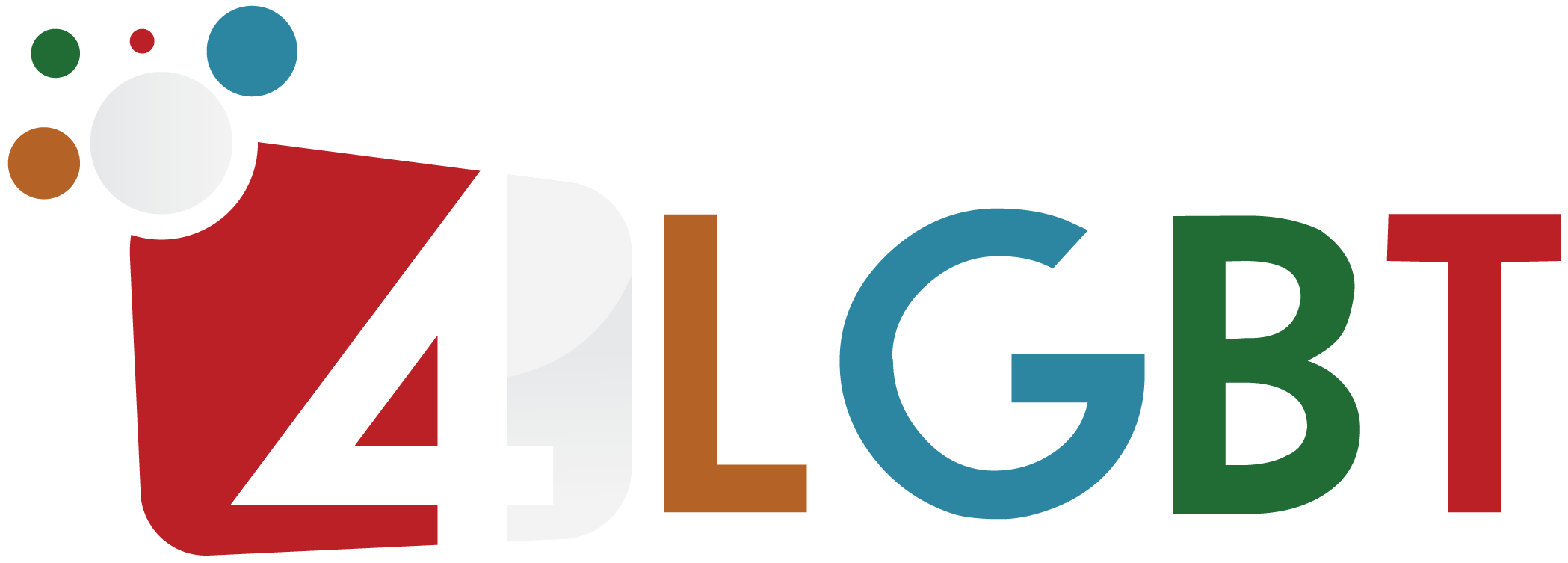The term LGBT refers to the gay, lesbian, bisexual, and transgender communities. It is a term that has been in use since the 1990s. LGBT serves as an umbrella term for people who identify as being different sexually or gender-identically. Here are some definitions for the term. This article will discuss the different types of LGBT. The term LGBT has many meanings. In some cases, it can mean something different for each group, but it is generally used to refer to those individuals who identify as LGBT.
In the LGBT community, there are different terms for the group. One term is queer. Queer is not synonymous with lesbian, gay, or bisexual. In addition to its meaning as a non-heterosexual, queer can mean questioning. Despite being widely used, LGBT is not widely recognized by the mainstream. It is best to use the terms that are accepted by members of the community. However, it is important to acknowledge that there are differences in terminology, and you should use the terminology that is most comfortable to you.
For those interested in learning more about the history of LGBT movements, consider reading some of the early materials compiled by the New York LGBT community. The first New York City Pride march took place on June 28, 1970, on the one-year anniversary of the Stonewall Uprising. A primary source for this history is the Lili Vincenz and Frank Kameny Papers. These documents document the planning and ephemera of the early Pride marches.
LGBT youth face many challenges when it comes to gaining acceptance within society. Hostility from their family and community is common. Therefore, schools must provide safe spaces for LGBT students and teachers. The ACLU has fought for the rights of LGBT students in California and Idaho and has defended gay teachers in Minnesota. For business owners, policymakers, and investors, this information is invaluable. The Week in Charts is an important resource for anyone looking to make an informed decision.
The acronym LGBT refers to a group that includes all types of sexual orientation and gender identities. By including other identities, it connects those identities with a larger community and enables them to gain visibility in society. Visibility is vital for the self-affirmation of LGBTQ+ youth. The use of this term has become more common in recent years, but it still carries with it some negative connotations. The goal of LGBTQ+ is to create a community where all types of people are welcomed.
The term LGBTQ also includes people who identify as transgender or bisexual. Among LGBTQ youth, over 12% are transgender or gender non-conforming. Many others use the term “LGBTQ” or LGBTIQ. These terms are used interchangeably. It is important to use the right terminology when talking about the community because it reflects the diversity of the identity of its members. You can start by learning more about the acronym. It is not exhaustive or universal.
The word LGBT is an umbrella term that encompasses the four distinct groups of LGBT people. While lesbian is the term for lesbian women, gay is for gay men and bisexual is for bisexuals. These terms can also be used interchangeably, such as lesbian and transgender. However, there is no one definition of LGBT. All of these terms represent distinct groups in the gay community. And the meanings of these terms differ greatly.
The term “LGBT” refers to both men and women who are attracted to the opposite sex. The word “gay” has become an umbrella term that covers the expression of same-sex attraction. While “gay” is more commonly used to describe men, bisexuals and lesbians are considered a third category, or a part of it. There is no such thing as a “gay-bisexual” but the words “gay” and “lesbian” are used to refer to two different sex identities.
In the seventeenth century, the term “gay” was used to describe men who were attracted to men. Its popularity was attributed to the lack of an explicit sexual connotation. In the following years, the word “gay” became used as a general term for men and women who express same-gender love. Later on, this term gained wider use and became known as LGB. And in the early twenty-first century, it was widely used to describe any relationship that involved same-gender people.
The experiences of stigma are different for different sexual minorities. However, the effects of stigma are common to all marginalized groups. This invisibility only compounds the deleterious effects of stigma and disproportionate health outcomes among LGBT people. It is therefore important to improve the lives of LGBT people by addressing this invisibility and discrimination. The research on LGBT health has just begun. So far, we are learning more. So, let’s dive into the world of LGBT health.


 What Is LGBT and Why Is It Important?
What Is LGBT and Why Is It Important?  What is the Meaning of LGBT?
What is the Meaning of LGBT?  What Does LGBT Stand For?
What Does LGBT Stand For?